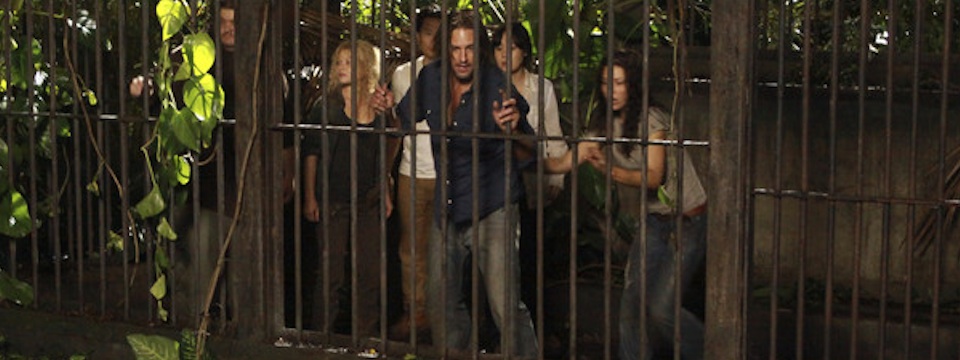Last week I gave a talk in Los Angeles for International Coaching Week. As I was on the plane flying home I read through my feedback forms, and noticed a couple comments indicating the participants would have liked more examples of workplaces that help people work freely in their strengths.
I’ve heard this request a lot over the last decade. It’s natural to want some kind of “use case” or “case study” so we can see HOW things work, especially something that can seem so foreign: something like organizations full of people who love their work. (Sadly, for many of us, that idea is roughly the equivalent of describing a visit to the surface of Mars.)
When I get this request in my sessions, I give examples—we have no shortage, although of course we want thousands more!—of leaders we’ve worked with who have been transformed, teams that have become unstoppable, etc. But I’ve realized something: I could spend my entire keynote slot just giving examples of how teams do this, and I’d still get this feedback on the form at the end.
Why?
It’s because there’s something else “hiding” in this request. There’s a skepticism that “it”—a workplace where people are deeply, authentically energized by work they love—could ever happen in the relatively simple manner I describe.
Over the years, we’ve been taught (both implicitly and explicitly) that organizational transformation should be hard, arduous, and slow. That individual and team development is complex and difficult. That getting people to do great work is an uphill climb.
Put simply, this is all “head trash.”
Getting people to do great work is SIMPLE. You align their work with two things:
- What they are good at, and
- What they are energized by. <— more important, because we don’t focus on it EVER
When more of a person’s daily activities fall into the zone where those two things overlap than not, they will naturally thrive. You don’t have to try to engage them; they are engaged by the work itself.
Getting a team to do great work is simple, too. Outline the goals of the team, together figure out the component pieces of the projects needed to be done to achieve those goals, then let people work on the parts that are most energizing for them.
Simple.
What I’ve realized is that deep down, we don’t want it to be this simple. We feel like it “ought to be” more complicated—that it should require some kind of complex human calculus, a shiny new software platform, or maybe a super-smart and equally-expensive consultant who can sell us a 200-slide PowerPoint deck and an intricate OD diagram they worked on for 3 years in grad school.
All of those things are pretty great for the consulting industry, but they are mostly smokescreen.
Rest assured the difficulty is still there, but it’s not in the place we think it should be. We think the complicated, difficult part should be in the solution itself. It’s not. The principles of great work are fundamentally simple. This does not mean they are EASY, though. For a moment, imagine what it would take to transform your organization into a place that not only supports the two ideas above, but actively helps everyone find their way into their true strengths zone.
There you go—now you’ve found your hard work. (Phew!)
The solution is NOT complex. But we have a lot of difficult work to do to make our organizations places that can actually DO something so simple.
Help everyone in your company do more of what they are good at and what energizes them. This is the #lovework revolution, and it is the future.
//



